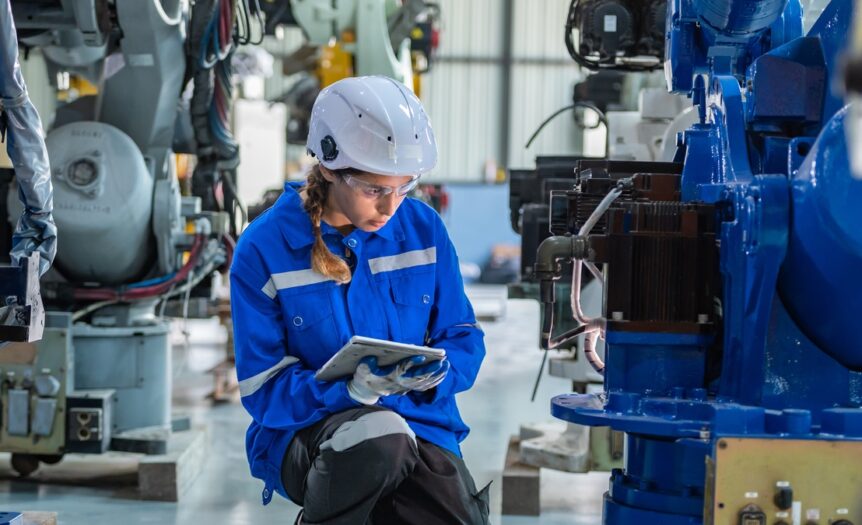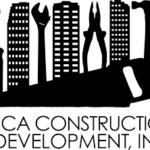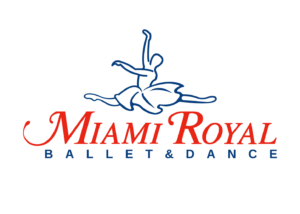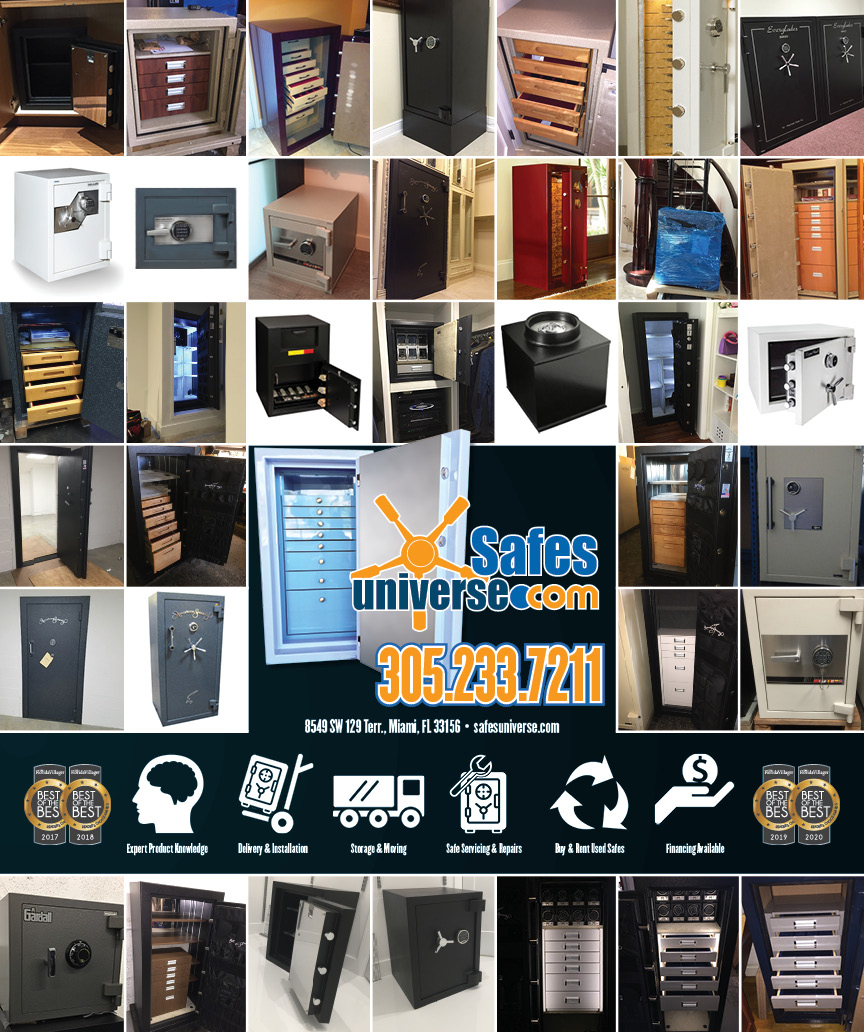Pre-operation machine inspections may seem like a routine step in your daily workflow, but they have the power to vastly improve workplace safety and efficiency. Failing to conduct these inspections can lead to serious consequences, ranging from expensive downtime to harmful accidents. Below, we’ll discuss the importance of pre-operation machine inspections in more detail.
What Is a Pre-Operation Inspection?
A pre-operation inspection is a systematic check that operators perform to ensure machines are safe and ready to use. These inspections catch early signs of wear, faults, or hazards that could lead to accidents or breakdowns. The process only takes a few minutes, but it significantly enhances reliability on-site.
During a typical pre-operation inspection, operators focus on areas that directly impact performance and safety by taking the following steps:
- Examine tires or tracks for wear, proper pressure, or damage.
- Check fluid levels, such as oil, coolant, and hydraulic fluid, to avoid leaks or overheating.
- Test brakes, steering, and other control systems to ensure proper function.
- Inspect lights, mirrors, and visibility aids such as cameras for clear operation.
- Look for loose bolts, worn belts, or other signs of mechanical issues.
- Verify that safety equipment, such as seat belts or alarms, operates as it should.
Protecting Worker Safety
Safety is the most important aspect of pre-operation machine inspections.One tip every machine operator should know is that uninspected machines can pose risks for sudden mechanical failures, oil spills, or malfunctioning safety features. An unchecked hydraulic system, for instance, might cause a loss of control, placing operators and other workers at risk. Every machine operator must understand that pre-operation machine inspections set an ongoing standard for safety, reliability, and operational efficiency.
Catching Wear Before It Becomes a Catastrophe
Machines often display subtle signs of wear long before a major failure occurs. Pre-operation inspections let you spot these issues early. For example, an operator could notice slight fraying in a conveyor belt or unusual squealing in a gearbox. Ignoring these details might lead to catastrophic failures, such as a snapping belt at the most inconvenient time. Addressing these small issues during inspections helps you avoid expensive repairs and potential damage to other machine parts.
Eliminating Energy Inefficiency
Machines in poor condition don’t operate efficiently, and that adds unnecessary expenses to your operations. Faulty components such as worn bearings or dirty filters force equipment to work harder than it should.
For instance, a poorly maintained diesel engine can burn fuel more quickly, thereby inflating your expenses. Pre-operation inspections enable you to maintain systems at peak performance, which minimizes energy consumption and reduces operational costs. This practice ensures you get the best value from your machinery.
Avoiding Lost Revenue From Production Halts
When a machine fails during operation, the breakdown halts your entire process, leaving your team idle and delaying orders. For instance, a jammed conveyor belt on a production line delays shipments, frustrates customers, and reduces your revenue. Catching minor problems early reduces downtime, keeps your operations running smoothly, and ensures consistent revenue flow.










 Deering Estate
Deering Estate
 Massage Envy South Miami
Massage Envy South Miami
 Calla Blow Dry
Calla Blow Dry
 My Derma Clinic
My Derma Clinic
 Sushi Maki
Sushi Maki
 Sports Grill
Sports Grill
 The Healthy Kitchen
The Healthy Kitchen
 Golden Rule Seafood
Golden Rule Seafood
 Malanga Cuban Café
Malanga Cuban Café

 Kathleen Ballard
Kathleen Ballard
 Panter, Panter & Sampedro
Panter, Panter & Sampedro
 Vintage Liquors
Vintage Liquors
 The Dog from Ipanema
The Dog from Ipanema
 Rubinstein Family Chiropractic
Rubinstein Family Chiropractic
 Your Pet’s Best
Your Pet’s Best
 Indigo Republic
Indigo Republic




 ATR Luxury Homes
ATR Luxury Homes


 2112 Design Studio
2112 Design Studio
 Hamilton Fox & Company
Hamilton Fox & Company
 Creative Design Services
Creative Design Services
 Best Pest Professionals
Best Pest Professionals
 HD Tree Services
HD Tree Services
 Trinity Air Conditioning Company
Trinity Air Conditioning Company
 Cisca Construction & Development
Cisca Construction & Development
 Mosquito Joe
Mosquito Joe
 Cutler Bay Solar Solutions
Cutler Bay Solar Solutions


 Miami Royal Ballet & Dance
Miami Royal Ballet & Dance
 Christopher Columbus
Christopher Columbus
 Pineview Preschools
Pineview Preschools
 Westminster
Westminster
 Carrollton
Carrollton
 Lil’ Jungle
Lil’ Jungle
 Frost Science Museum
Frost Science Museum
 Palmer Trinity School
Palmer Trinity School
 South Florida Music
South Florida Music
 Pinecrest Orthodontics
Pinecrest Orthodontics
 Dr. Bob Pediatric Dentist
Dr. Bob Pediatric Dentist
 d.pediatrics
d.pediatrics
 South Miami Women’s Health
South Miami Women’s Health

 The Spot Barbershop
The Spot Barbershop
 My Derma Clinic
My Derma Clinic




 Miami Dance Project
Miami Dance Project

 Rubinstein Family Chiropractic
Rubinstein Family Chiropractic
 Indigo Republic
Indigo Republic

 Safes Universe
Safes Universe
 Vintage Liquors
Vintage Liquors
 Evenings Delight
Evenings Delight





 Atchana’s Homegrown Thai
Atchana’s Homegrown Thai
 Baptist Health South Florida
Baptist Health South Florida

 Laser Eye Center of Miami
Laser Eye Center of Miami
 Visiting Angels
Visiting Angels
 OpusCare of South Florida
OpusCare of South Florida

 Your Pet’s Best
Your Pet’s Best





 HD Tree Services
HD Tree Services
 Hamilton Fox & Company
Hamilton Fox & Company


 Creative Design Services
Creative Design Services